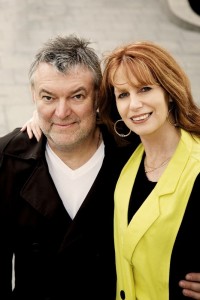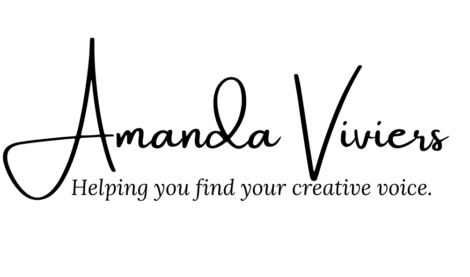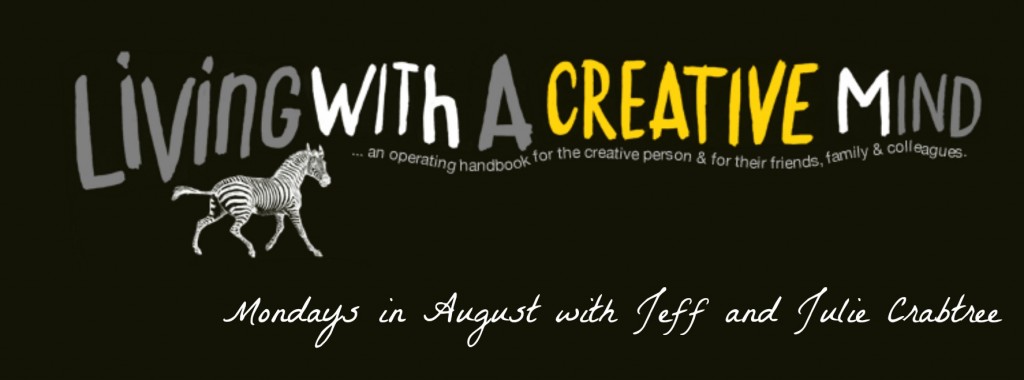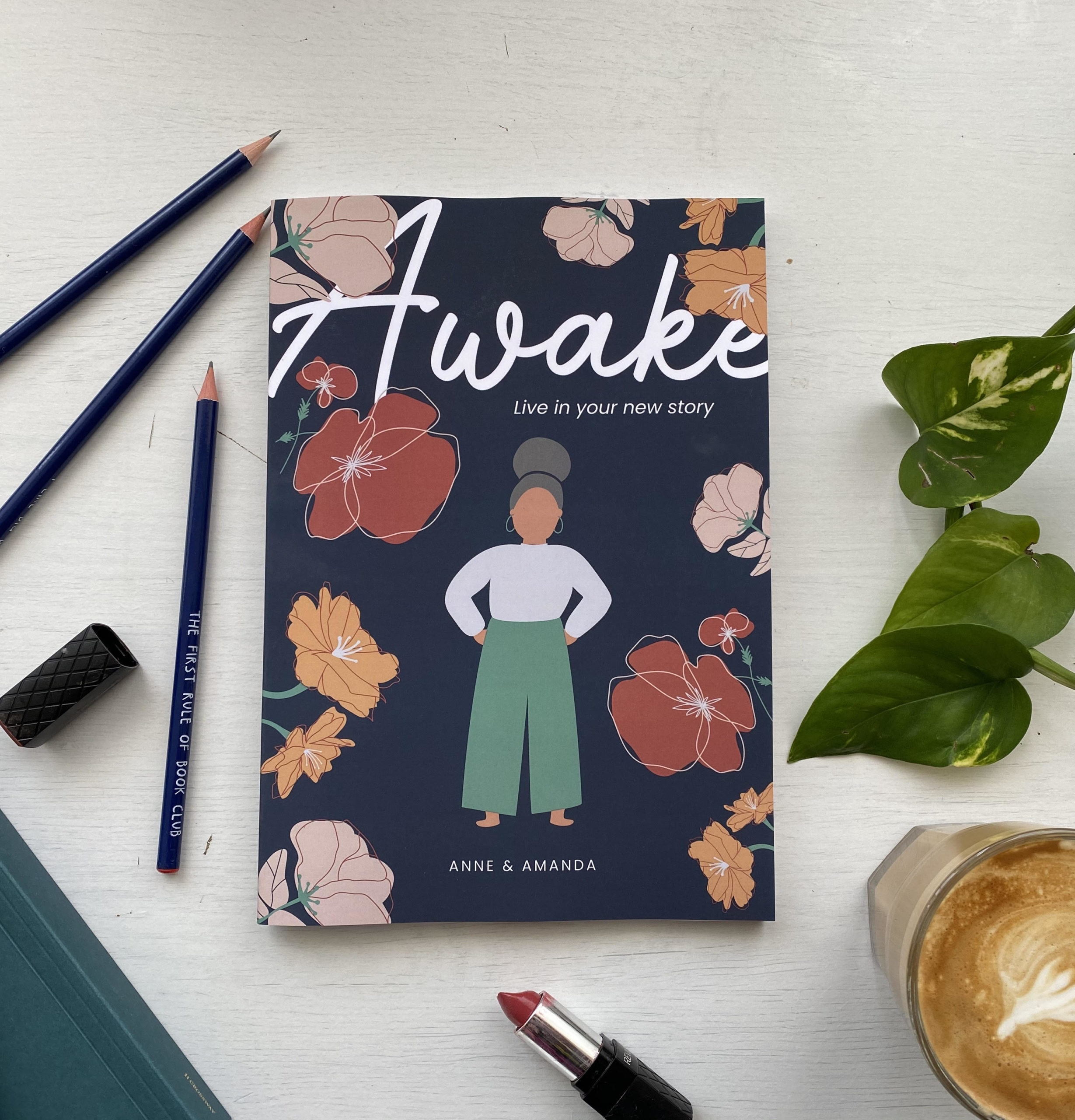Why is creativity often linked to “madness” and why do creative people cause so much frustration to everyone around them?
Why do they keep going to extremes? Why can’t they just be like normal people?
Highly creative people have unique vulnerabilities and sensitivities – ways of thinking and temperament that need to be understood and managed – for them to not only stay creative and productive but also stay healthy.
“When I was a kid, I felt like I was this skin-covered antenna, and I could never get this antenna down. I was so aware of everything around me. I would watch people looking for signs of danger all the time. It was so acute that I really was able to jump into other people’s skins. From this vulnerability, came opportunity. When I was 13, I parlayed that passion into a means of escape.”??- Ryan Reynolds (US Actor)
The creative mind is wired with the ability to feel with great depth and passion. Creative people often experience the world in a way we call skinless – as if they lack the protective shield and instinctive filtering that we normally use to cope with the barrage of sensory information that comes at us all. Without good strategies for managing this hypersensitivity, instead of creativity – the result can be a plunge into the emotional depths.
“It’s as if neither of us, or especially myself, had any skin…I am afraid. I am not solid, but hollow. I feel behind my eyes a numb, paralyzed cavern, a pit of hell… a mimicking nothingness.”Sylvia Plath (US Poet)
The creative mind is also wired for rapid, fluid (divergent) thinking – making quick associations but also able to control the flight of ideas in a way that turns out to be amazing. When James Lipton (Inside The Actor’s Studio) interviewed actor Robyn Williams, his (William’s) rapid thinking – drawing on a well of memories – was able to improvise comedy in the moment.
JL: “Are you thinking faster than the rest of us? What the hell is going on?”
RW: … It’s all part of it, because I think the human mind is adapting and evolving; but I am trying not to speak all that fast cause eventually … you … have … to … catch … up. But the brain is not really working all that well because you know that you – cough, you breathe, you come back, she’s about to pass out (indicating a woman in the audience laughing uncontrollably) but the ideal is to create something different, something that moves with the times, new motion – crouching dragon – hidden CD (mimicking tai chi moves) move out away from the moment, take microwave – open the door…Along with skinlessness and rapid fluid thinking, creative people often have natural highs and lows, of mood and energy.
“It’s really important when it starts to come, it’s like you are in a trance and a frenzy all the time.” Rickie Lee Jones
Rather than trying to live a normal or balanced life creative people can learn to embrace the highs and lows – and begin to see their lives as being like the tides. The challenge for the creative is to learn how to navigate the tides not struggle against them or get stuck.
“I dwell deeply in my lows. Not till recently have I tried to push through my depressing states I get myself in -? but I feel like I am still a bit creative in my depressing lows. It’s more of a dry lonely state of creativity, but it’s definitely a dark time.”??- Case Study from Living with A Creative Mind (from an interview with the authors)
5 Principles For Living With A Creative Mind
1. Affirmation; Creative people need a lot of encouragement. As confident as they may seem, they are also full of doubt. Affirmation helps to buffer the skinlessness of the creative person. It needs to be at the forefront but it also needs to be real. No fake compliments please.
2. Permission To Fail; Unless you are willing to fail you will never be creative. Much of the creative process involves exploration, discovery and a willingness to “go where no one has gone before” – so although failure does not equal creativity – failure and learning from failure is a part of navigating the tidal creative life.
3. Fear Kills Creativity; Creating an environment of anxiety does not promote creativity. Fear automatically inhibits the fluid nature of creative thinking – to make us focus on a threat. While you might think fear is a great motivator, it only motivates certain kinds of responses. Originality is not one of them.
4. Room to Explore; Creative people need room to explore. An essential part of the creative (fluid) thinking process involves the search for new ways of seeing things, or new connections between old things. This often comes from what seems like ‘random’ activity like going out to new places, and seeking out new experiences. Don’t discourage curiosity.
5. They Need To Belong; Creative people need a community of like-minded types because they can often feel like they don’t belong. Creative people tend to be quite tribal…musicians like to work with other musicians, dancers with other dancers and so on. Find a tribe.
I am not like other people
other people are like other people.
they are all alike;
joining
grouping
huddling
they are both gleeful and content
and I am burning in hell.
my heart is a thousand years old.I am not like other people.
American poet Charles Bukowski.
 Jeff and Julie Crabtree are the authors of Living with a Creative Mind, a survival guide for creative people and those who live and work with them. Their work is to help creative people be more productive without sacrificing their health, relationships and longevity.
Jeff and Julie Crabtree are the authors of Living with a Creative Mind, a survival guide for creative people and those who live and work with them. Their work is to help creative people be more productive without sacrificing their health, relationships and longevity.
They are also the directors of The Zebra Collective an online mentoring service that is designed for how creative people think and work. They produce short weekly bursts of highly digestible creative, psychological and management insight in visual form. They are also collecting and curating some of the most interesting behind the scenes stories from expert creative professionals worldwide.




